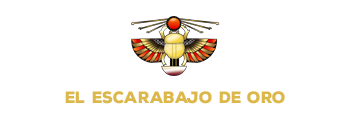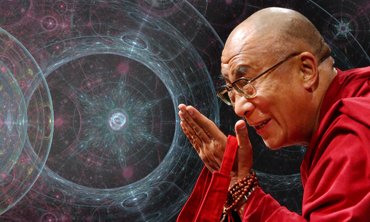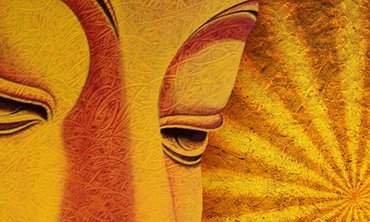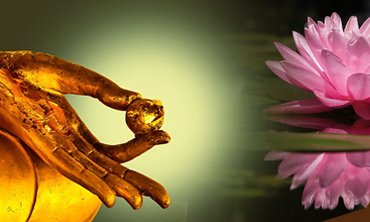AZTLAN CULTURAL CENTER
of Psychology, Philosophy, and Humanities.
Dir.: León Azulay
Civil Association I.G.J. No. 748

Buddhism: Its History and Foundations
Buddhism originated in the 5th century BCE (500 years before the birth of Christ) with Siddhartha Gautama, the Buddha. Within Buddhism, two major currents can be identified: Hinayana and Mahayana. The original Buddhism of Gautama was Hinayana, and centuries later, another stream, Mahayana, was added. The term Hinayana means the "small vehicle," and Mahayana means the "great vehicle."
Siddhartha Gautama, one of the Buddhas in a long tradition, observed the entrenchment of Brahmanic religion with its proliferation of worship of thousands of deities. In response, he decided to initiate a cultural reform to allow for the evolutionary progress of his cultural group. For this purpose, he created what can be described as Spiritual Psychology, known as Hinayana. The Buddha is also referred to as the Lord of Karma, the one who turns the wheel of Karma, serving as a spiritual guide to humanity, leading it to a higher state of consciousness. The fundamental tenets of Buddhism recognized by both currents and all subsequent branches are the Four Noble Truths and the Noble Eightfold Path.
Let's take a brief look at these tenets to understand the implicit psychology within them.
The Four Noble Truths
1. Life is Suffering and Pain
2. What is the cause of suffering?
3. The Cessation of Suffering
4. The Noble Eightfold Path leading to liberation. It can be summarized as:
Right Action – Right Thought – Right Meditation – Right Belief – Right Livelihood - Right Speech – Right Effort – Right Intent.
Currently, in the West, the Mahayana stream of Buddhism has proliferated. It primarily deals with the devotional, ritual, and worship aspects—essentially, the religious aspect. Little is known about the Hinayana stream, which involves the meticulous study of all mental processes. The closest modern representation of this stream is Zen Buddhism, although, in its export to the West, it has also taken on a more devotional aspect. Buddhism is both a philosophy of life and a system of highly advanced psychological teachings.
















